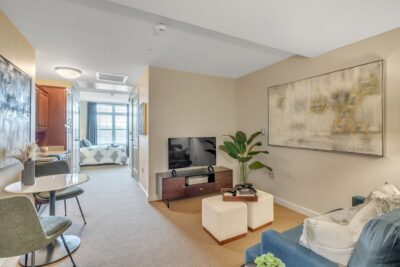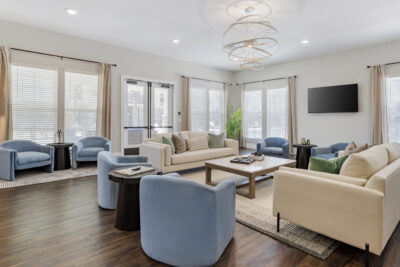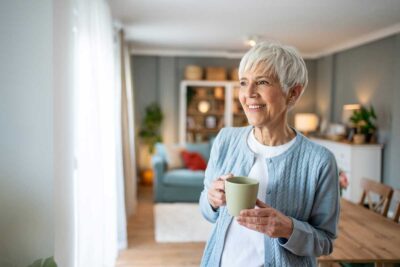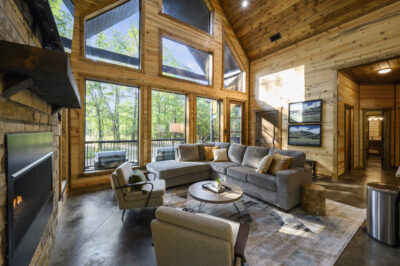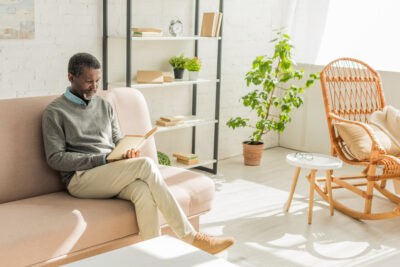In the realm of interior design, sustainability has emerged as a pivotal focus, particularly in the context of senior living environments. As the demand for model apartments increases, so does the necessity for eco-friendly practices that not only enhance the aesthetic but also promote environmental responsibility. This article delves into the various sustainable strategies that Model55’s interior designers implement to create model apartments that are functional, stylish, and environmentally conscious.
The Importance of Sustainable Design
Sustainability in interior design refers to creating spaces that meet present needs without compromising the ability of future generations to meet theirs. This involves using materials and practices that minimize environmental impact while enhancing the health and comfort of senior living residents.
The significance of sustainable design cannot be overstated. It plays a crucial role in preserving the planet’s resources and ensuring a high quality of life for all. As fossil fuels deplete, the shift towards eco-friendly materials and practices becomes imperative. Sustainable interior design not only reduces negative environmental impacts but also fosters healthier living conditions for residents.
Key Principles of Sustainable Design
- Resource Efficiency: Utilizing materials that require less energy to produce and transport.
- Waste Reduction: Minimizing waste through thoughtful design and material selection.
- Indoor Air Quality: Choosing non-toxic materials that improve air quality and reduce health risks.
- Energy Efficiency: Implementing designs that reduce energy consumption and promote renewable energy sources.
Challenges in Implementing Sustainable Practices
While the benefits of sustainable design are clear, there are challenges that interior designers may face when implementing these practices.
Cost Considerations
Sustainable materials and technologies can sometimes come with a higher upfront cost. However, it is essential to communicate the long-term savings and benefits to clients, helping them understand the value of investing in sustainability.
Limited Availability of Materials
In some regions, access to eco-friendly materials may be limited, but our designers are incredibly resourceful. We seek out alternative solutions that align with sustainable principles while still meeting the aesthetic and functional needs of the project.
Balancing Aesthetics and Sustainability
Designers must be creative in finding materials and solutions that fulfill both criteria, ensuring that model apartments are visually appealing while remaining environmentally responsible.
Despite the challenges that can come about in sustainable interior design, the long-term benefits for both the environment and human well-being make it a worthwhile pursuit.
Eco-Friendly Materials for Model Apartments
Incorporating eco-friendly materials is a cornerstone of sustainable interior design. Model55 prioritizes using these to seamlessly integrate style and responsibility. These materials not only contribute to environmental conservation but also enhance the overall aesthetic of model apartments.
Recycled and Reclaimed Materials
Using recycled materials, such as reclaimed wood or recycled metal, can significantly reduce the carbon footprint of a project. These materials often possess unique character and charm, adding a distinctive touch to the interior decor.
Low-VOC Products
Volatile Organic Compounds (VOCs) are harmful chemicals found in many traditional building materials. Opting for low-VOC paints, adhesives, and finishes can greatly improve indoor air quality, making spaces healthier for senior residents.
Sustainable Fabrics
Choosing fabrics made from organic cotton, hemp, or bamboo can contribute to a more sustainable interior. These materials are not only eco-friendly but also durable and aesthetically pleasing, making them ideal for model apartment decor.
Model55’s Tips: Designing for Comfort and Well-Being
Creating a comfortable living environment using sustainable practices is essential in senior living model apartment design.
Natural Light Optimization
Maximizing natural light in model apartments can reduce the need for artificial lighting, creating a more inviting atmosphere. Large windows, skylights, and open floor plans can help achieve this goal, promoting a sense of connection with the outdoors.
Biophilic Design Principles
Incorporating biophilic design elements, such as indoor plants and natural materials, can enhance residents’ well-being. These elements not only improve air quality but also create a calming environment that promotes relaxation and mental health.
Flexible Spaces
Designing adaptable spaces that can be easily reconfigured allows for greater flexibility as residents’ needs change. This approach minimizes the need for renovations and reduces material waste, aligning with sustainable design principles.
Staying Informed on Trends
Keeping abreast of the latest trends in sustainable design is a priority for Model55’s interior designers. This knowledge allows us to incorporate innovative solutions into our projects, ensuring that model apartments remain relevant and appealing to residents.
Sustainable practices in interior design are not just a trend; they are a necessity for creating model apartments that are environmentally responsible and conducive to the well-being of residents. By embracing eco-friendly materials, energy-efficient technologies, and thoughtful design principles, Model55’s interior designers can play a pivotal role in shaping a more sustainable future for senior living spaces. As the industry evolves, our commitment to sustainability will not only enhance the quality of life for residents but also contribute to the preservation of our planet for generations to come.

